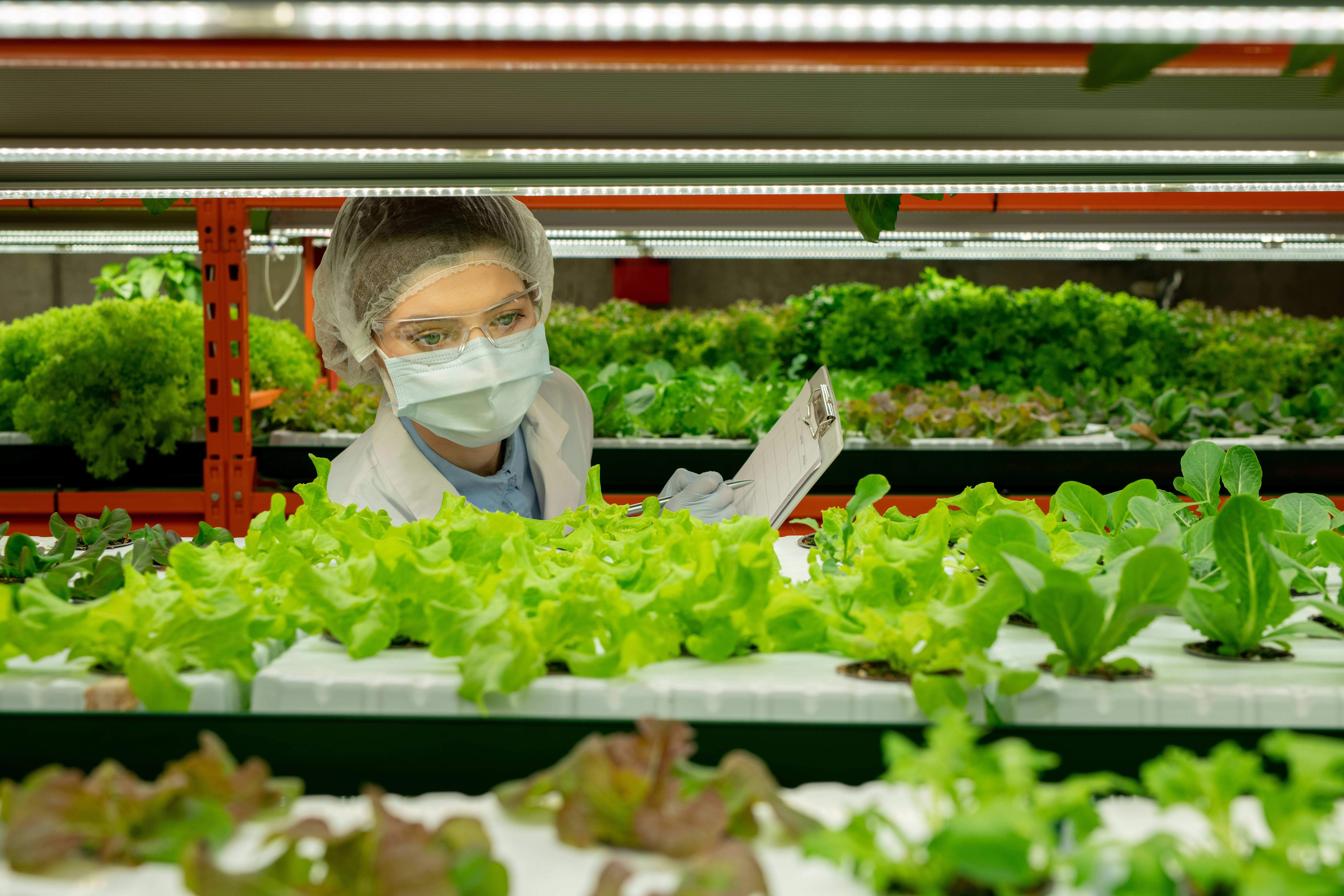Food logistics: 3 trends revolutionizing the industry

When it comes to food logistics, we refer to an industry of strategic importance, subject to strict safety regulations and influenced by the requests of increasingly demanding customers.
The pandemic has highlighted the value, limits and potential of the industry, which needs a resilient, flexible supply chain able to guarantee the safety of products and supplies. But it also finds consumers expecting the efficiency and speed of eCommerce giants also in the Large-Scale Retail sector.
From eCommerce to Home Delivery, passing through the Drive Through experiments and the upgrading of the last mile, in recent years the food logistics sector has been experiencing a time of strong evolution and Digital Transformation.
What are the main trends revolutionizing the industry?
We can identify three of them:
-
Dark store
-
Vertical Farming
Km0 Logistics
1. Dark store
Shops with no customers and closed to the public, in which only employees and operators can move to prepare the orders received online: a new frontier of intelligent, rapid and pandemic-proof shopping, dark stores are gradually spreading in Italy too, ensuring safety, efficiency and optimized management of stocks and inventory.
This is possible thanks to a WMS to which the operator can communicate any withdrawals in real-time, thanks to the use of radiofrequency terminals or barcodes.
The arrangement of the items is also more efficient: not having to respect commercial logic aimed at buyers, the goods can be arranged according to logistical needs and rotation speed, making more effective use of the available space.
2. Vertical Farming
Food logistics is due to become more and more green. Among the most interesting trends in the sector, we undoubtedly find that of vertical farming, vertical agriculture, managed within automated department stores, arranged on several floors.
This technology, widespread in Italy for some years, allows to reduce the consumption of natural resources and guarantees biological production, obtained in a controlled environment.
In this case, the warehouse management software manages not only the movement of goods but their production itself. It is, in fact, a delicate activity that requires sectoral skills and the synergistic work of engineers and agronomists, in order to make the most of resources and technical and technological skills at the service of agriculture.
3. Km0 Logistics
The greater attention of consumers to issues such as health and sustainability has given a particularly strong impetus to the spread of the so-called "0 km logistics" or "short supply chain".
This is not a trend born with the pandemic, but a trend that has been making its way into the sector for some years now, fueled and conditioned by the increasing demand and the consequent birth of dedicated services.
In particular, Km0 food logistics works for fresh products, such as fruit, vegetables and perishable food, from local producers and farms.
Thus, not only are small and medium-sized enterprises favored, but the costs and environmental impact of long-distance transport and storage are reduced, also connected to maintaining the cold chain.
Precisely for this reason, the short supply chain often uses cross-docking, the order preparation system that manages the receipt of goods and shipments, avoiding storage.
The aim is to speed up delivery to the end customer, reducing transport times and the journey of the products from the producer to the consumer as much as possible.
Therefore, whether it is shops closed to the public, new cultivation systems or greater attention to the selection and life cycle of the products that arrive at the table, food logistics responds and will respond more and more to the new needs dictated not only by the historical period, but above all from the needs and sensitivities of increasingly attentive, informed and demanding consumers.








